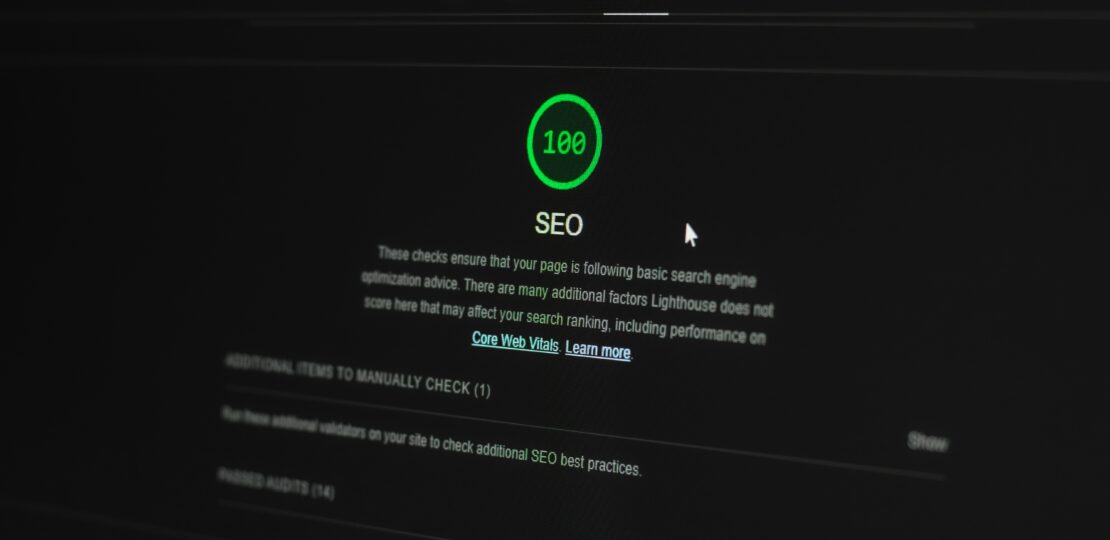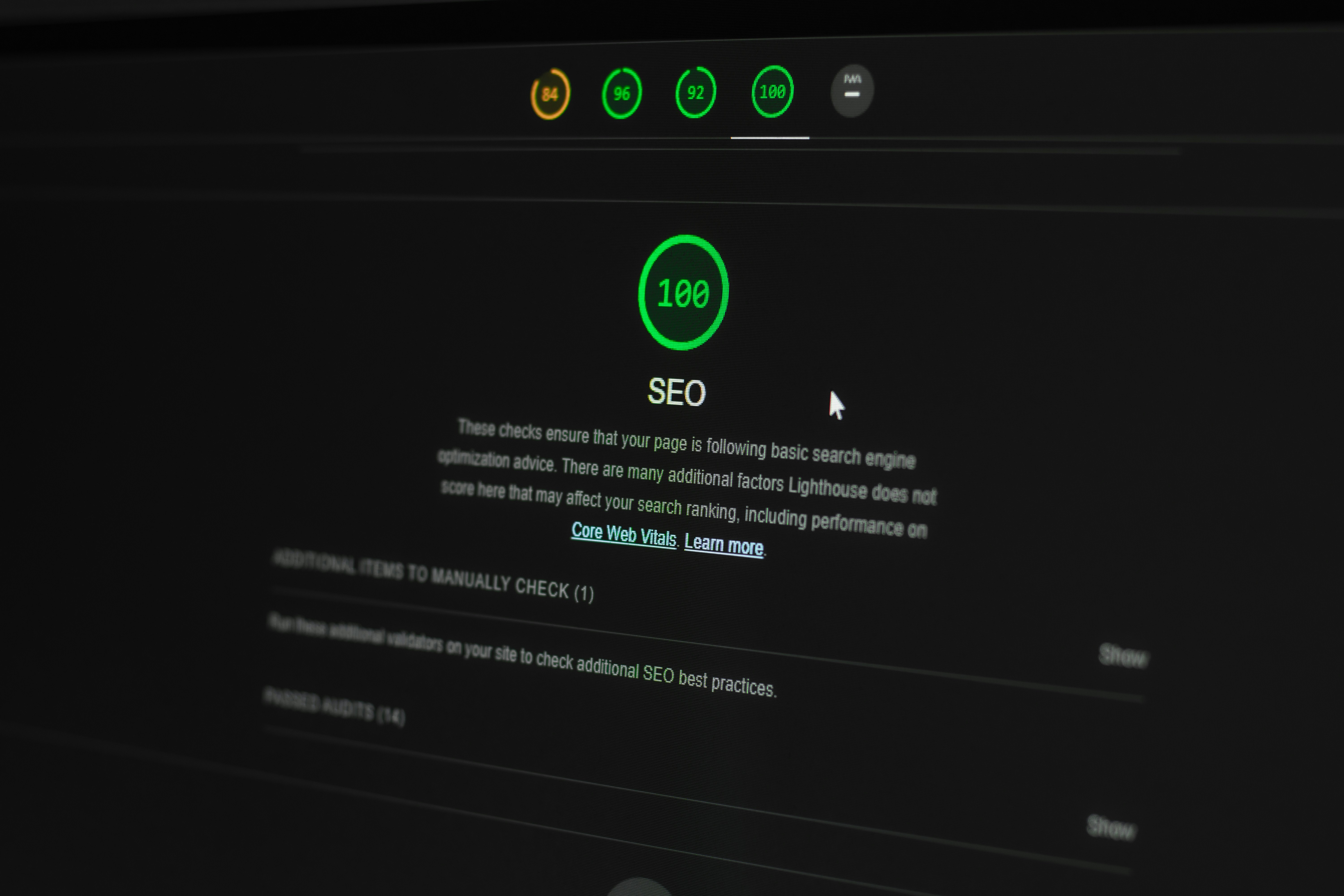Creating a Content Hub to Drive Organic Traffic: Your Ultimate Guide
October 19, 2025 | by qqvmedia.com


Understanding the Value of a Content Hub
A content hub is a central repository of information designed to provide value to a specific audience. Its significance in driving organic traffic cannot be understated, as it acts as a focal point for resources that engage visitors and encourage repeated interactions. A well-structured blog or resource center not only attracts potential customers but also enhances search engine optimization (SEO) efforts, making it easier for users to discover relevant content through search engines. By effectively organizing content around a specific niche or industry, a content hub can significantly bolster online visibility.
One of the primary advantages of a content hub is its ability to establish a brand as a thought leader within its industry. By consistently delivering valuable information, businesses can build credibility and trust among their audience. This, in turn, leads to higher levels of engagement, as users are more likely to return for additional insights, tips, and updates. The inclusion of various types of content—such as how-to guides, product tips, and industry insights—can cater to different audience needs and preferences, further driving engagement.
Moreover, a content hub allows for the interlinking of content pieces, which not only enhances user experience by guiding visitors to related articles but also boosts SEO performance. Search engines favor sites that exhibit well-structured internal linking and relevant content, improving the likelihood of higher rankings in search results. Additionally, implementing multimedia elements—such as videos, infographics, and podcasts—can diversify the content offering, making it more appealing to a broader audience. Ultimately, creating a content hub can serve as an invaluable strategy for attracting visitors, increasing organic traffic, and solidifying a brand’s presence in the digital landscape.
Strategies for Developing SEO-Optimized Content
Creating SEO-optimized content is crucial to effectively driving organic traffic to your content hub. To achieve this, one must start with comprehensive keyword research focused on long-tail keywords. Long-tail keywords are less competitive and often indicate a user’s specific search intent, making them valuable for attracting targeted traffic. Tools like Google Keyword Planner, SEMrush, and Ahrefs can provide insights into keywords that are frequently searched by your audience, guiding you in crafting content that meets their needs.
Once you have identified potential long-tail keywords, structuring your content around these keywords is essential for maximizing visibility in search engine results. A clear, logical structure not only enhances readability but also allows search engines to better understand the content hierarchy. This can be achieved by using headings and subheadings effectively, which will help both readers and search engines navigate your content seamlessly. Moreover, including keywords naturally throughout the text is important; however, it is critical to avoid keyword stuffing, as this can negatively impact user experience and search engine rankings.
In addition to keyword usage, integrating relevant topics into your content enhances its SEO value. Creating content clusters around core topics allows you to generate multiple pieces that link to each other, demonstrating to search engines that your site provides in-depth information on a subject. This holistic approach increases the likelihood of ranking higher on search results. Furthermore, incorporating shoppable links can significantly improve user engagement and increase conversions. By embedding product links within relevant sections of your text, you enrich the user experience, facilitating seamless transitions from content consumption to purchase decisions, thereby amplifying your content hub’s effectiveness.
Promoting Your Content Hub: Email and Social Media Tactics
To effectively drive organic traffic to your content hub, a robust promotional strategy must be employed, focusing primarily on email marketing and social media platforms. Email marketing offers an opportunity to directly engage with your audience, providing them with valuable content that encourages interaction with your hub. Start by designing visually appealing and engaging email campaigns that feature enticing subject lines, personalized greetings, and clear calls to action. Segmenting your email list allows for tailored content delivery, increasing the likelihood that recipients will find the material relevant and click through to your content hub.
When developing content for your emails, consider incorporating a mix of articles, infographics, and videos that showcase the richness of your content hub. Make sure to highlight the unique aspects of your content, such as exclusive insights or rich resources, that differentiate it from other offerings. Additionally, fostering a sense of community can be achieved by encouraging subscribers to respond or share their thoughts on the content. Utilizing A/B testing can also help determine the most effective tactics for maximizing open rates and engagement.
On the social media front, creating a consistent presence across platforms such as Facebook, Twitter, LinkedIn, and Instagram is crucial for promoting your content hub. Different tactics can be employed, such as sharing snippets of your articles, engaging visuals, and infographics to entice users to click through. Collaboration with influencers in your niche can significantly enhance your reach, as their endorsement may lead to increased interest in your content hub. Furthermore, investing in paid advertising can yield substantial returns; strategically promoting your top-performing articles or exclusive content can effectively drive targeted traffic to your hub, optimizing content exposure and engagement.
Measuring Success: Analyzing Traffic and Conversions
To evaluate the effectiveness of your content hub, it is essential to implement robust measurement strategies focused on traffic and conversions. Utilizing analytics tools such as Google Analytics enables you to collect valuable data regarding site visits, user engagement, and conversion rates. Understanding these metrics informs content strategy decisions and highlights areas for improvement.
Monitoring site visits is the first step in assessing your content hub’s performance. These metrics reveal how many users are engaging with your content, allowing you to identify which topics resonate most with your audience. Beyond mere numbers, tracking the sources of your traffic—whether organic search, social media, or referrals—will help you understand which channels are most effective, allowing for targeted marketing efforts.
User engagement metrics, including bounce rates, average time on page, and page views per session, provide insight into the quality of the content within your hub. High engagement indicates that your content is not only being seen but is also relevant and valuable to users. Conversely, high bounce rates may signal that adjustments are necessary to improve the content or user experience.
Equally important are conversion rates, which measure the actions taken by users, such as signing up for newsletters, downloading resources, or making purchases. Identifying conversion goals allows you to understand the effectiveness of your content in driving desired actions. Regularly reviewing and interpreting these data points will enable you to adapt your content strategy effectively.
In conclusion, analyzing traffic and conversions is crucial for the ongoing success and optimization of your content hub. By leveraging analytics tools and focusing on both user engagement and conversion metrics, you can refine your content strategy and drive sustained organic traffic to your hub.
RELATED POSTS
View all


